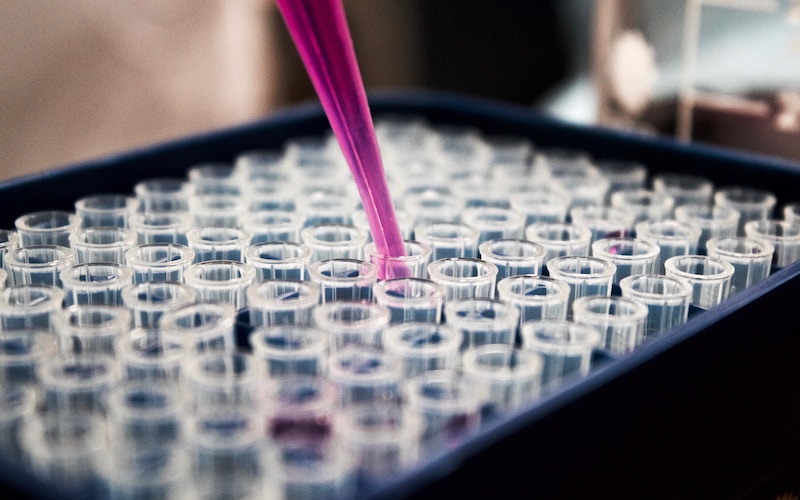Method or Methods?
Episode #7 of the course How science works by Benjamin Keep
Welcome back.
Today, we raise several questions about the most popular conception of “how science works”: the scientific method. You know the one, it’s on posters in science classrooms across the country: observation, hypothesis, experiment, analysis, result, and conclusion.
The concept implies several key ideas:
• There’s only one method, the scientific method—not a suggested approach, not one of many possible approaches. There’s only one and it describes all scientific work.
• You get reliable knowledge if you follow the method. The method is kind of like a recipe. You follow the steps and get expected results. There’s no genius required. There’s not a lot of luck involved.
• You can’t get scientific knowledge doing something else. If you don’t follow the method, you don’t have scientific knowledge (maybe you have something else). But it’s the method that makes scientific knowledge “special.”
Philosophers, historians, and sociologists of science have, almost universally, abandoned this idea. Why?
Arguments against Method
The first reason is that it’s just not very specific. Let me tell you about something I call the cooking method: Prepare the ingredients, apply heat, garnish, and plate. You may agree with me that this “method” accurately describes the process of cooking. But does following this method help you cook good food? Come to my kitchen—it certainly doesn’t guarantee it.
The scientific method doesn’t seem to accurately identify productive research practices. Research in psychology and anthropology, for example, reveal how prevalent analogical reasoning is to the practice of working scientists. Scientists make analogies all the time, and these analogies seem to play an important role in the generation of scientific knowledge—they’re not making analogies just for fun. The traditional version of the scientific method doesn’t mention analogies (and many other productive practices). But even if they did, note that these reasoning tools certainly aren’t exclusive to science: Politicians, mechanics, and poets all use analogies.
The scientific method also seems to prefer “experiments” over other kinds of scientific research. Is a theoretical physicist, who largely thinks about the physical consequences of mathematical models, not “doing” science because there’s no experimenting going on? Or an ecologist spending their day making meticulous observations of bird behavior?
A final broadside against the idea of the scientific method comes from examining the history of science. Name any method, and we can find some scientist somewhere who didn’t follow the method and still made the “right” strategic move to advance scientific knowledge (at least according to Paul Feyerabend, a philosopher of science who argued strenuously against the idea of method).
Styles and Toolkits
If the idea of the scientific method is so problematic, what other characteristics of science make scientific knowledge special (presuming, of course, that it is)?
One way of explaining science’s “differentness” when it comes to knowledge production is to think in terms of tools. As science developed, new tools got added to the toolbox. Some of these tools are methodological: Perform a t-test (a statistical test for determining a significant difference between two groups). But other tools are conceptual: “replication,” “uncertainty,” “validity,” etc. Notice the difference between a set of tools and a recipe. A recipe is procedural: We follow the steps to get to the desired result. A toolkit requires substantial knowledge to use: Which tool should we use when?
A related idea is that science consists of several “styles” or “genres” of reasoning—several different ways that scientists find things out. The experimental-laboratory style that we typically think of as “science” is just one, taxonomy and probability are others. Each style answers certain kinds of questions in particular ways. Taxonomy is about creating meaningful categories between (stable) things. Probability is about studying random processes. The style’s perspective comes from studying the history of science and the development of new conceptual tools. These styles are not just methods: Each style in some sense defines the set of problems that the style tackles. Taxonomy presumes the existence of different “kinds,” and success is defined in terms of how reliably we can distinguish these kinds. The experimental-laboratory style pursues causal explanations of known outcomes through variable manipulation, and success is defined in terms of how well defined variables account for experimental outcomes.
Styles can be combined productively. For example, experimentalists routinely rely on probability to make more accurate statements about the phenomenon they are targeting. But they can also come into conflict. Lab biologists and computational biologists don’t just use different methods, they tend to interpret research differently and value different things. The lab biologist tends to privilege biological explanations and experiments that accord with what we already know about biological mechanisms. The computational biologist tends to privilege empirical findings from large datasets. Conflicting styles are part of what make interdisciplinary research so challenging.
Next time: science as a social enterprise.
Questions to ponder
Entertain the “toolkit” idea for a moment. Does science basically have all the tools it will ever have? Or are more tools being added all the time?
Recommended book
Against Method by Paul Feyerabend
Share with friends

